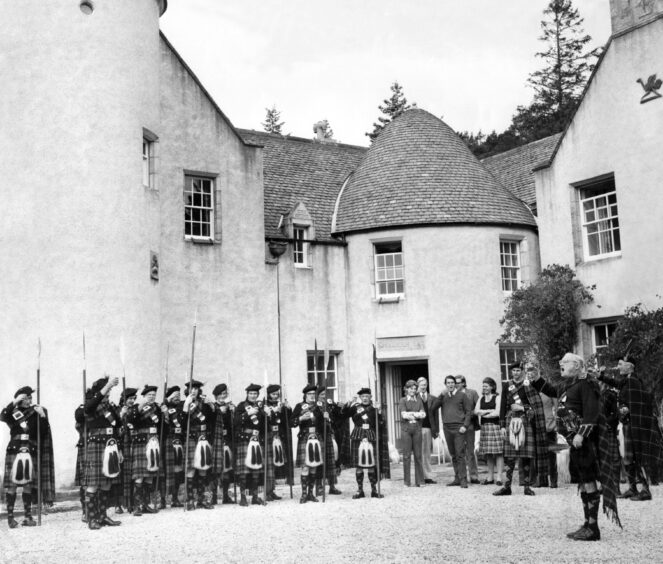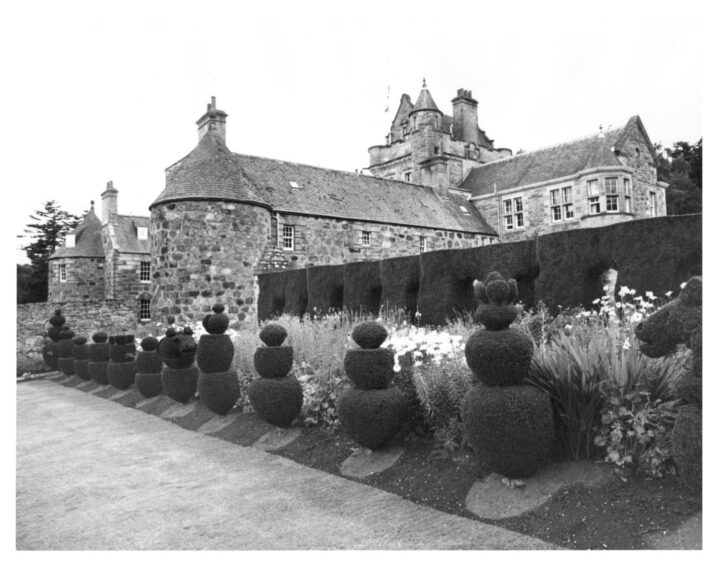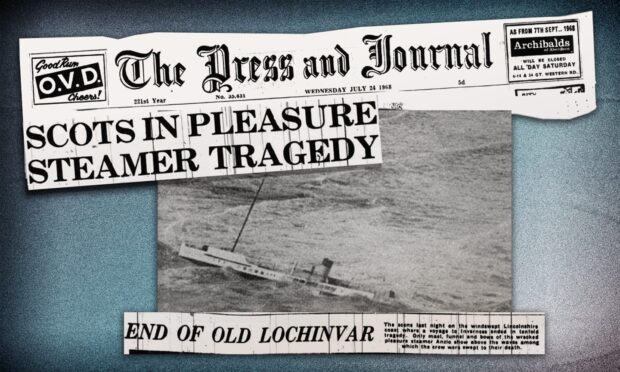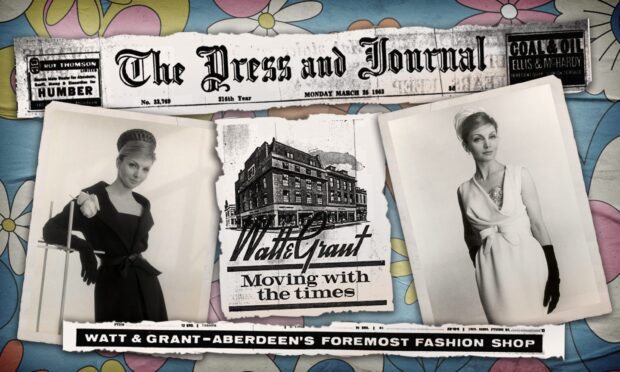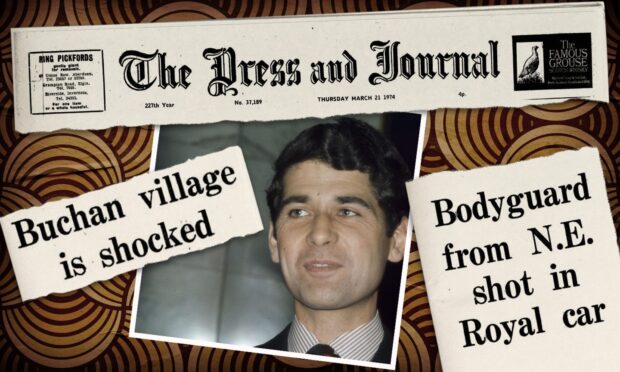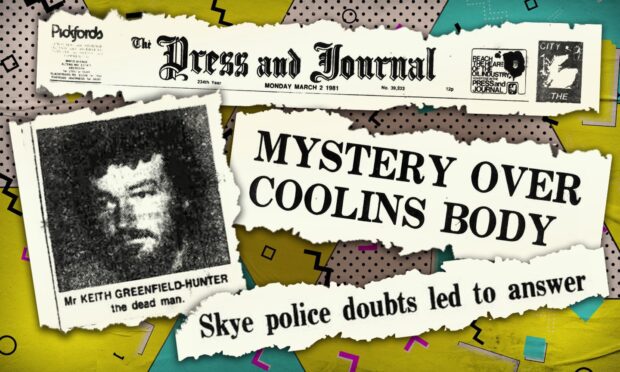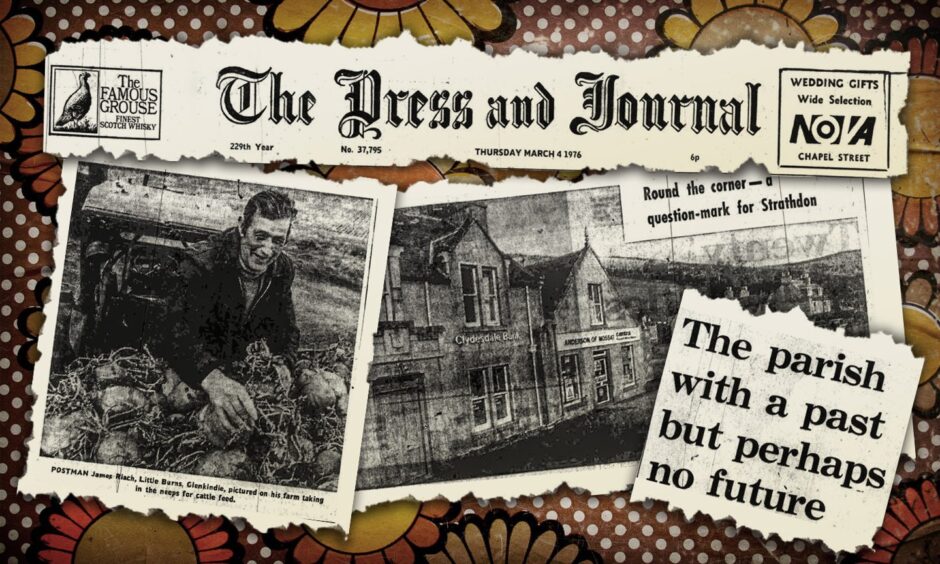
Loss of local services and fears for the future of our rural communities are nothing new.
It was no different in Strathdon nearly fifty years ago when doom and gloom had set in after villagers learned they were losing their regular postman, and would soon lose their Clydesdale bank.
Change had set in
Change had come to an area dependent on farming and forestry for its living.
Employment started to fall, shops were closing, people were moving away and houses were left empty, or let for the summer.
It all sounds sadly familiar in 2024.
The P&J reported: “Crofts are sold to adjoining farms, the Forestry Commission need fewer men and the Candacraig Estate who own most of the land in Strathdon are cutting down their farming activity.”
Population decline
The local doctor, John Reid said that when he first came to Strathdon in 1948 horses ploughed the fields, children spoke in broad Scots and his patients numbered 1006.
In 1976 he lamented the disappearance of Clydesdales from the fields, noted the infiltration of ‘southern and BBC accents’ and counted 800 patients in his practice.
He said: “I suppose it’s the fault of the monetary system and inflation. Crofts are no longer viable.
“Farms are merged together.
“Only one farm hose is needed instead of three. The others sell as holiday homes but that’s little use to our local shops.”
Postie transfer
The postal service was also under the cosh.
Postmaster Gibbie McIntosh wrote to his MP, Russell Fairgrieve explaining that two men had retired Alford and not been replaced.
This meant that Strathdon mail would be delivered by an Alford postman and the village would lose yet another job.
Postie Jimmy Riach also farmed Little Burns in Glenkindie.
He pointed out that his tranfer to Alford would not only mean the loss of a job in Strathdon when he retired but his 32 acres farm wasn’t enough for one man’s living and would probably be added to another farm.
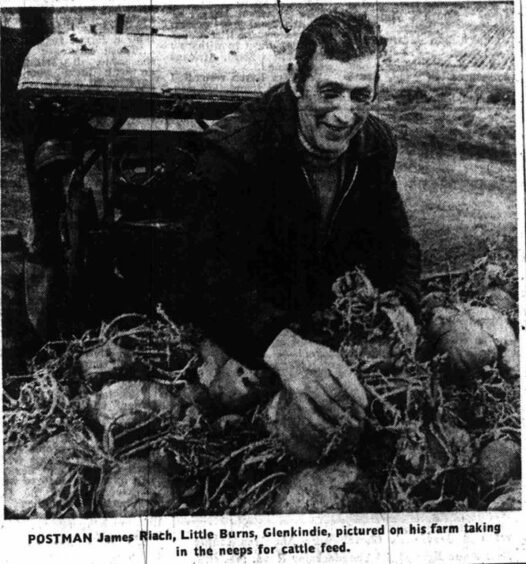
We still see this domino effect in our rural communities in 2024.
A row of eight cottages previously occupied and well cared for now had three cottages empty and in disrepair, pointed out villager Mrs McKillop.
Any bets they are AirBnBs now?
But Candacraig House seemed to offer a ray of hope.
The new laird, 26 year old Falconer Wallace said he had ‘several schemes up his sleeve to help the community’.
Time will tell, wrote the P&J reporter darkly.
Not sure what happened to those schemes, but it would more than a decade before the house would begin to loom large in the wider consciousness.
It was purchased in 1987 by Body Shop founder Anita Roddick and her husband Gordon.
A further decade would pass before it became home to its most famous laird, Billy Connolly from 1998 to 2014.
More from our On This Day series:
